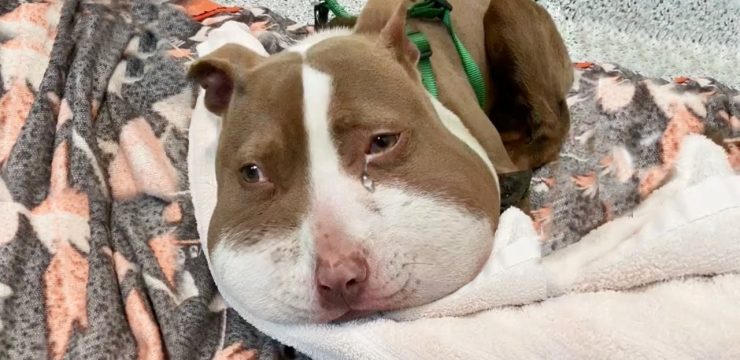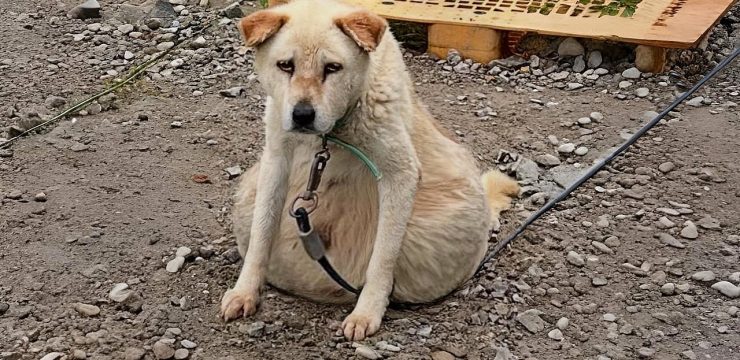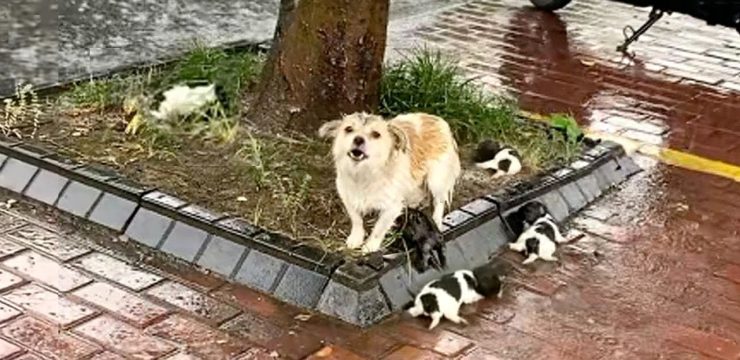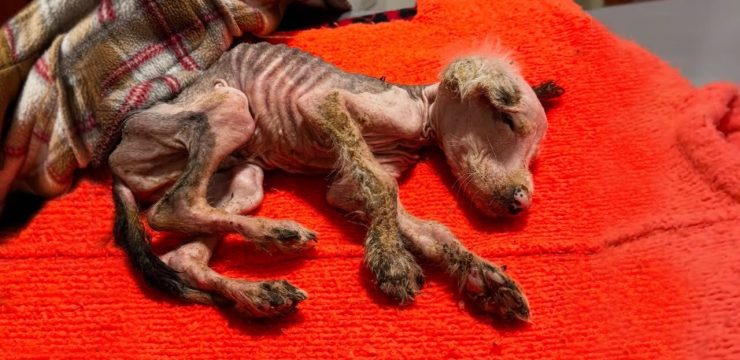Cats are far more than just pets—they’re cherished companions and treasured members of our families. They bring joy, warmth, and affection to our homes in a way that’s hard to put into words. Yet no matter how much we wish they could stay with us forever, there comes a time when we must face the painful reality of letting them go.
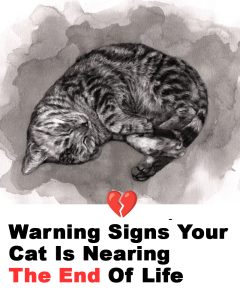
Watching a beloved cat grow old or become seriously ill is one of the hardest things a pet owner can go through. Cats are naturally skilled at hiding discomfort, so recognizing that they are nearing the end of life can be challenging. Their quiet suffering can make it even more important for owners to be aware of the signs that something is wrong.
By understanding these signs, you can ensure your cat receives the love, dignity, and comfort they deserve in their final days. From subtle changes in behavior to more noticeable symptoms, knowing what to look for helps you provide the best care possible and prepare yourself emotionally for what’s to come.
One of the first signs many owners notice is that their cat starts hiding more often. Cats, even the most affectionate ones, may seek out isolated or hidden spaces like under the bed, inside closets, or behind furniture. This behavior is rooted in instinct; in the wild, a sick or dying cat would hide to protect itself from predators. Even domesticated cats retain this natural drive to withdraw when they are unwell. If your cat begins avoiding interaction or hiding in unusual places, it may be signaling that it doesn’t feel well and could be approaching its final stage of life.
A noticeable loss of appetite and decreased thirst is another common indicator. Toward the end, many cats will eat and drink significantly less, or stop altogether. While heartbreaking to witness, this decline in appetite is a natural part of the body shutting down. Your cat isn’t necessarily in pain—it’s simply responding to the physical changes taking place. Offering soft foods or warm broth may help for a time, but it’s essential to understand that this lack of interest in food is expected in the final days.
Changes in sleep patterns are also common. Your cat may sleep more than usual, become lethargic, and seem uninterested in playing or exploring. A once energetic cat may begin to spend most of its time curled up in a favorite spot, barely moving. While cats often nap a lot even when healthy, this level of inactivity is noticeably different. It reflects a general slowing down of bodily functions and energy levels.
You may also observe altered breathing patterns. As the body weakens, the respiratory system can struggle to maintain normal rhythm. Your cat might begin breathing shallowly or experience irregular breathing. In some cases, labored or rapid breaths may occur. These changes may seem alarming, but they are part of the natural decline and indicate that the cat’s systems are gradually winding down.
Another sign is a loss of interest in surroundings and people. A cat that used to enjoy cuddles and playtime might suddenly become detached or uninterested. Familiar sounds, toys, or the presence of family members may no longer spark a reaction. This emotional withdrawal is often a sign of fatigue or discomfort and signals a shift toward a more introspective, quiet state.
The appearance of your cat’s coat may also change. A once silky and well-groomed fur may become patchy, dull, or tangled. This is usually due to a lack of grooming, as the cat no longer has the strength or motivation to clean itself. While this might seem like a small detail, it can be a telling sign of declining health.
Mobility issues are common in aging or sick cats. You may notice your cat struggling to jump up to its usual perch, move around the house, or even walk across the room. Weakness in the muscles and joints can lead to unsteadiness and imbalance. If your cat is suddenly hesitant to move or shows signs of discomfort when trying to walk, these could be indicators of declining physical health.
Interestingly, some cats may become more affectionate as they sense their time is limited. They may seek out your company more often, curl up on your lap, or follow you around. This increased desire for closeness may be your cat’s way of finding reassurance and comfort. It’s their way of saying goodbye and expressing trust in their bond with you.
Digestive issues like vomiting or nausea may appear in the final stages as well. You might notice your cat drooling more, swallowing repeatedly, or turning away from food after a sniff. These signs can be distressing, but they often stem from the body’s inability to process food properly anymore. Constipation or diarrhea may also occur as the digestive system slows down or becomes unresponsive.
Body temperature fluctuations are another common signal. A healthy cat’s body temperature typically ranges between 100.4°F and 102.5°F. As health deteriorates, their temperature may drop or, in some cases, spike due to infection. If your cat feels unusually cold or hot to the touch, or if the paw pads and ears seem too cool, it could be a sign that the body is struggling to regulate itself.
As difficult as this time may be, your presence and care matter more than ever. Make sure your cat has a peaceful space, free from loud noise and interruptions. Soft bedding, warmth, and gentle affection can go a long way in making your cat feel safe and loved. Speak softly, offer comfort through touch if your cat is open to it, and be patient as they navigate this final stage of life.
Most importantly, if you are uncertain about what your cat is experiencing or need help making decisions about their care, consult your veterinarian. They can help you assess pain levels, recommend supportive care, and guide you through making the most compassionate choices. You may also want to discuss whether euthanasia might be the kindest option when suffering becomes too great.
Facing the end of a pet’s life is never easy, but recognizing the signs can help you be there for your cat in the way they need most. Your support, love, and understanding will help your cat feel safe, comforted, and cherished until the very end.

